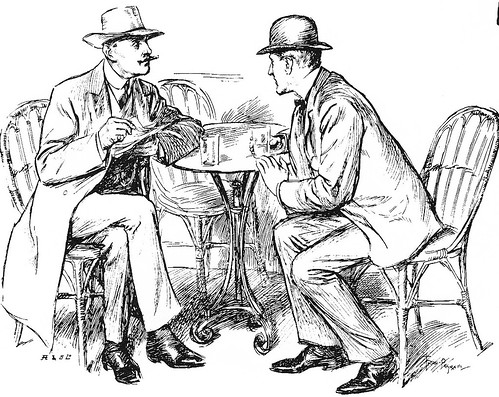I’ve been spending quite a bit of time in quite a few schools in our district lately. Whether it’s middle school teachers who will have new mobile devices in their hands and their classrooms in the next month or elementary teachers who have a couple years before the full deployment of mobile technologies in their room, they are beginning to think about how this change in setting will lead to a change in practice.
I find myself saying many of the same things. Much of what I’m saying is related not at all to devices or technology. Below are my current top three ideas in heavy rotation at the moment.
- It’s about the things kids are doing, rather than the things they are holding. I get the learning curve for the basics of turning on devices, loading them with content, etc. To make the impact, though, we’ve got to think of what we are asking students to do. We always have. The difference now is the things they are holding have become “personal” and mobile. The best question, “Are they doing things they couldn’t do yesterday and that you couldn’t do when you were in their place?”
- What is made and exists within the classroom in the time you have with your students that didn’t exist at the beginning of that class? It’s basic constructivism, and we don’t need to wait for computers to be guided by considerations of what we are asking students to create in our classrooms. If students are making things, it’s not guaranteed, but it’s much more likely than not that they are learning.
- Equally important are the questions of what is being created and for whom. There’s always going to be a piece (hopefully a sliver) of the teacher’s promoting in the things our students make in our classrooms. That’s okay. Dewey was sure to acknowledge that there was a reason teachers were in the room. He chalked it up to greater maturity. Still, if teachers finish creating with the answer of “Because it was assigned” or a derivative thereof when asked why they made what they made, we’ve missed the mark and missed the possibilities of choice and creation. Often this means envisioning what we want them to hold as ideas and understandings in their heads at the end of a project and leaving what they hold in their hands to them.
If we can grab hold of these three ideas as we investigate how coming technological changes will allow for shifts of teaching practices, we stand to see a sea change in the depths of our students’ learning.
Image via lovelornpoets
